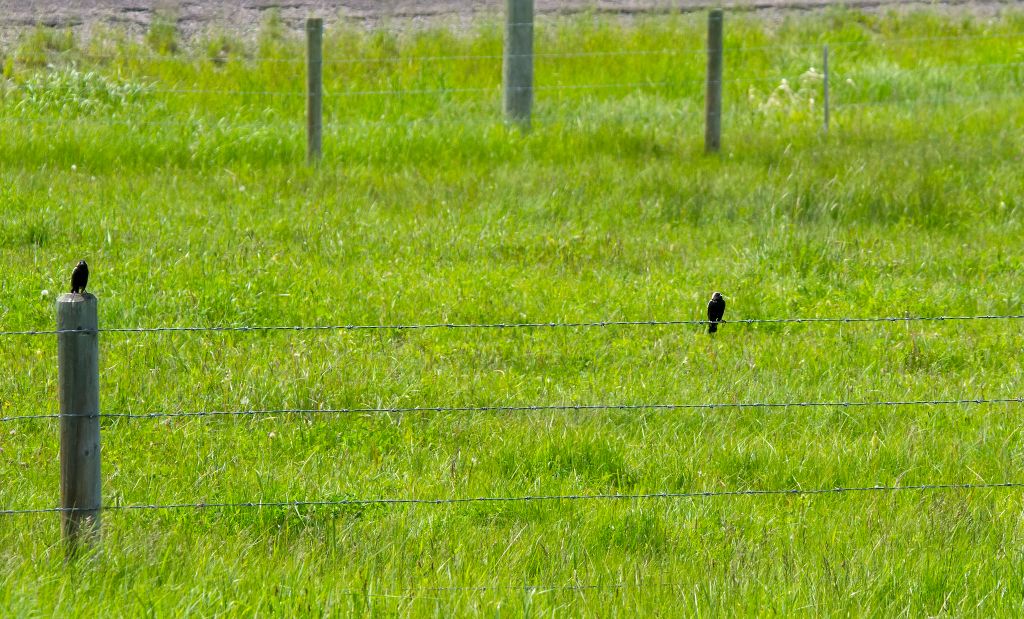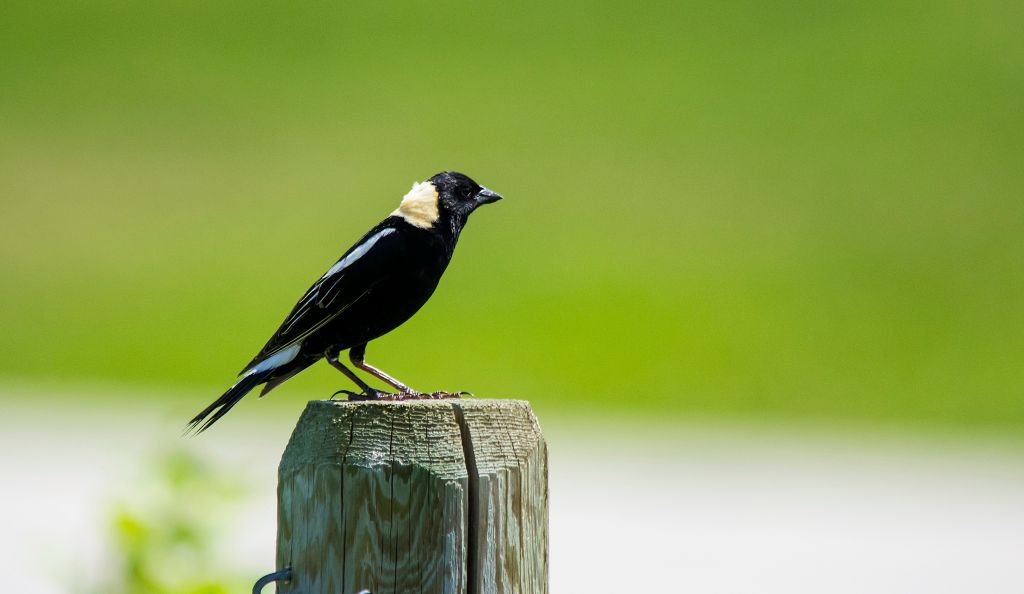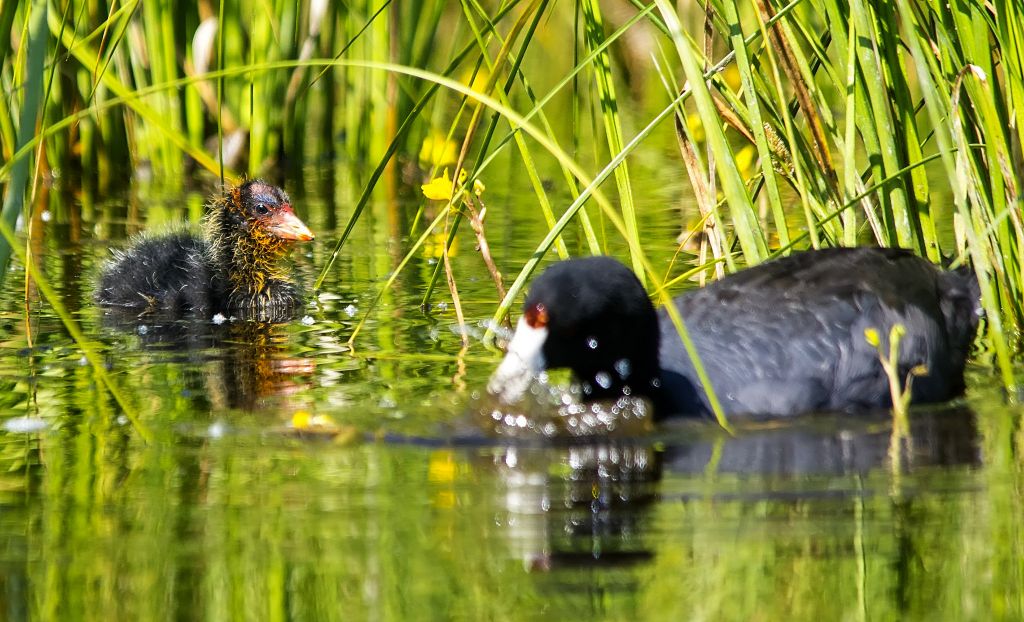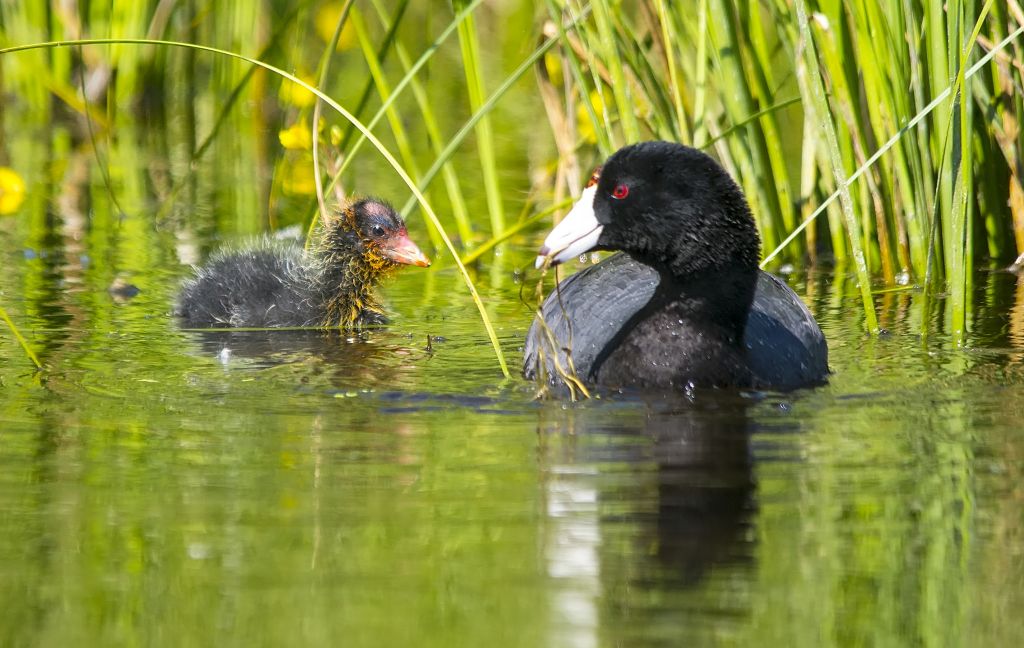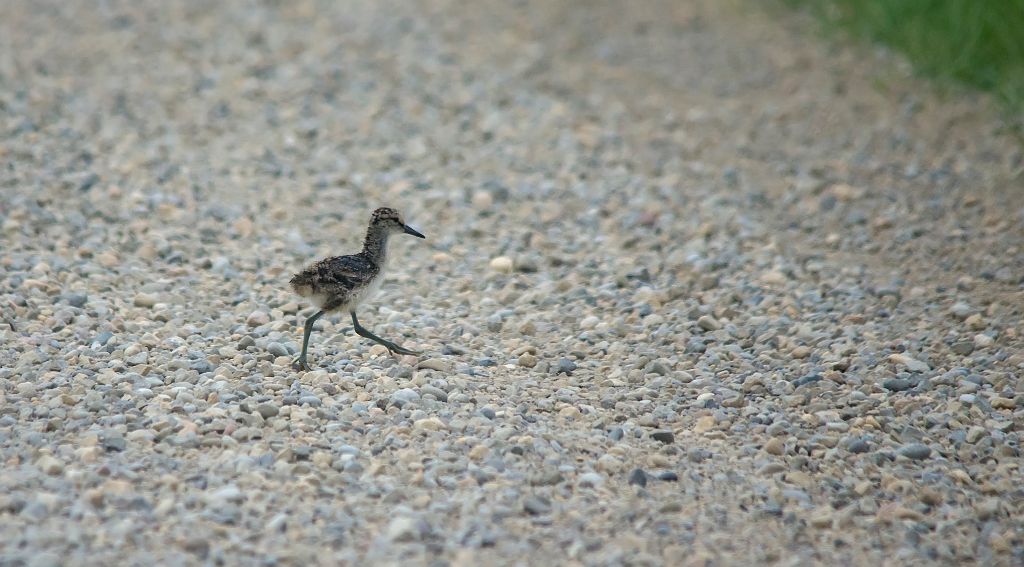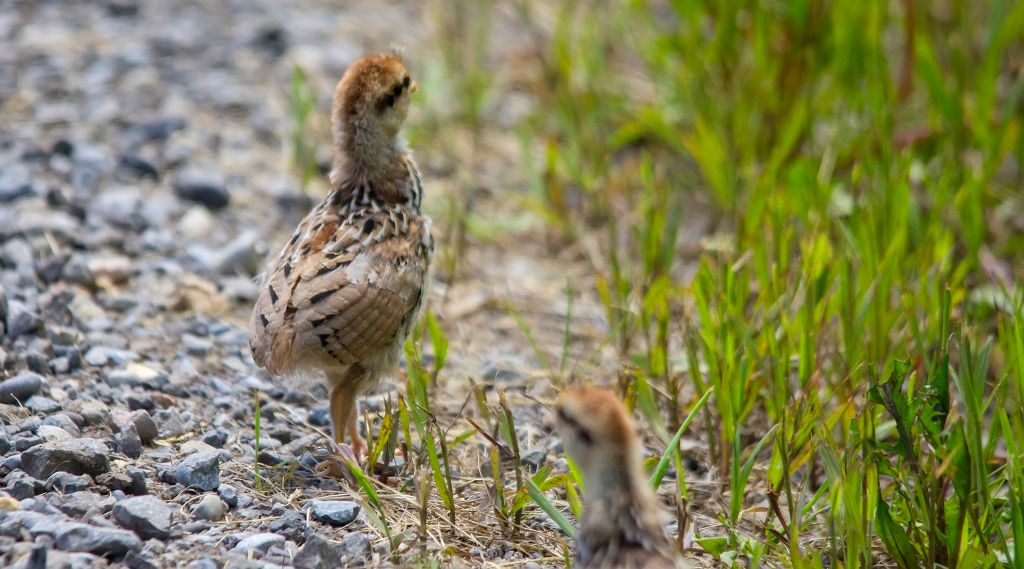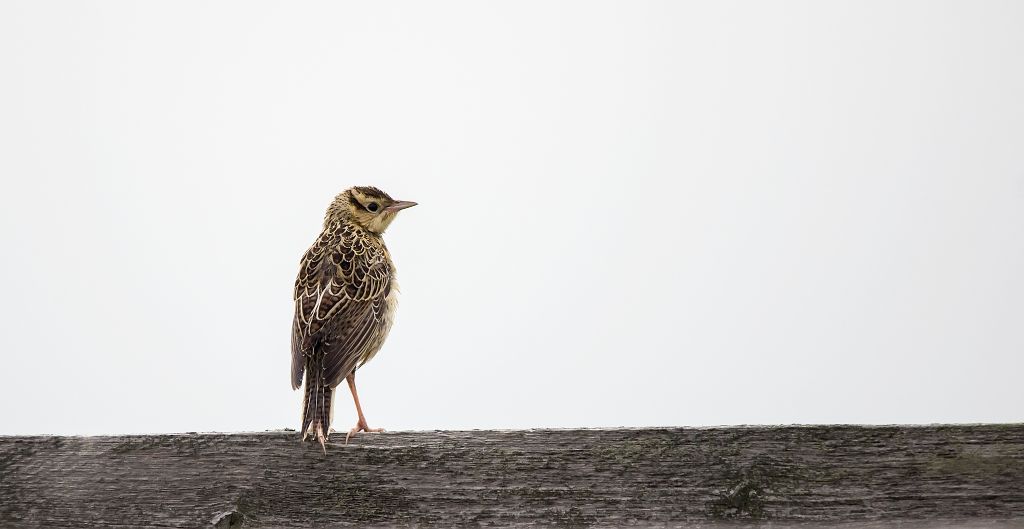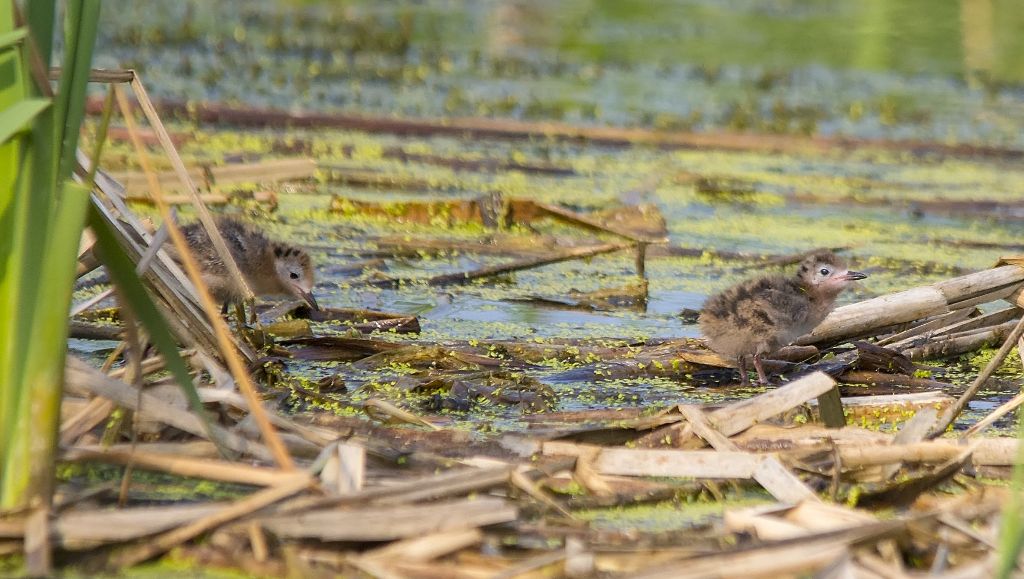Digiscoping is the activity of combining a digital camera with a spotting scope to record images through the scope. Anyone who has ever looked through a good scope knows how impressive they are at turning distant specks that can’t be identified, even with binoculars, into sharply defined birds. The combination of big lenses and up to 60X magnification really brings faraway objects into close focus. Scopes are especially useful for waterfowl far out on lakes, and shorebirds on distant shorelines.
Today’s post features some wonderful photographs taken using digiscoping by local birder and photographer Daniel Arndt.

Eared Grebe and juvenile, by Dan Arndt
Digiscoping can be done with any point-and-shoot or SLR camera (or even a camera phone) coupled with any scope or binocular, but it can very tricky to get to good quality pictures by just holding the two together. Here is a White-crowned Sparrow I photographed in my yard this week, using my camera phone held up to my 8X42 binoculars:

It’s very hard to tell when you have the shot in focus. It’s even hard to get on the bird! You get a better shot with just a good camera:

The same bird, from the same distance, taken with an SLR and 400 mm lens. Note the leg band.
Here is another shot I took (in the winter) of a House Finch, using a point-and-shoot camera held up to my spotting scope.

However, the birds in these examples were only about twenty feet away. I could identify them with the naked eye. If you are dealing with distant waterfowl and shorebirds, the thing to do to get good photographs is to get an adapter that fixes your camera to the scope. Dan Arndt’s outfit, pictured below, consists of :
Pentax K-5 camera with T-mount adapter
Meade ETX-90EC 90mm Matsukov-Cassegrain Telescope
Meade #844 Advanced Field Tripod
Meade Electronic Focuser
Meade MT-64 Camera Adapter
Pentax 39892 Waterproof Remote Shutter Release

Photo by Dan Arndt
Here are some of the amazing photos Dan took this summer at Frank Lake using his digiscoping rig.

White-faced Ibis with juvenile, and American Golden-Plover, by Dan Arndt

Lesser Yellowlegs by Dan Arndt

American Avocet by Dan Arndt

Black Tern by Dan Arndt

Black-crowned Night-Herons by Dan Arndt

American Golden-Plovers by Dan Arndt
You can see all of Dan’s digiscoping pictures on his Flickr page here, and while you’re there, explore all of his other excellent photographs as well.
Posted by Bob Lefebvre












